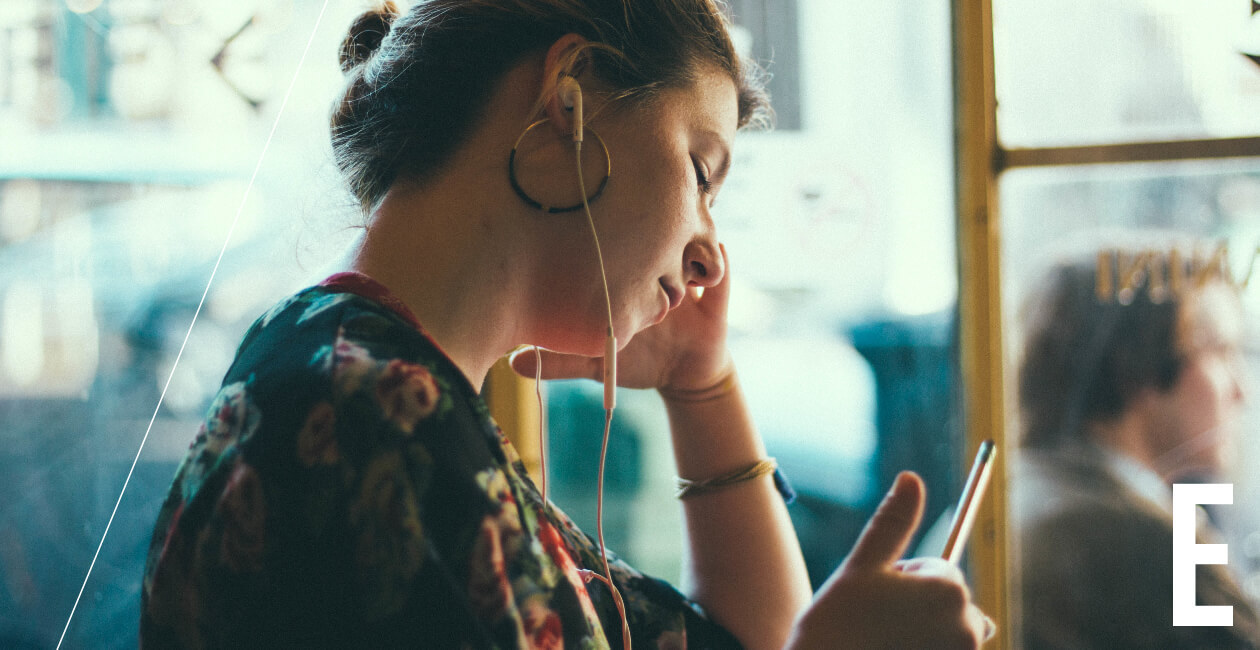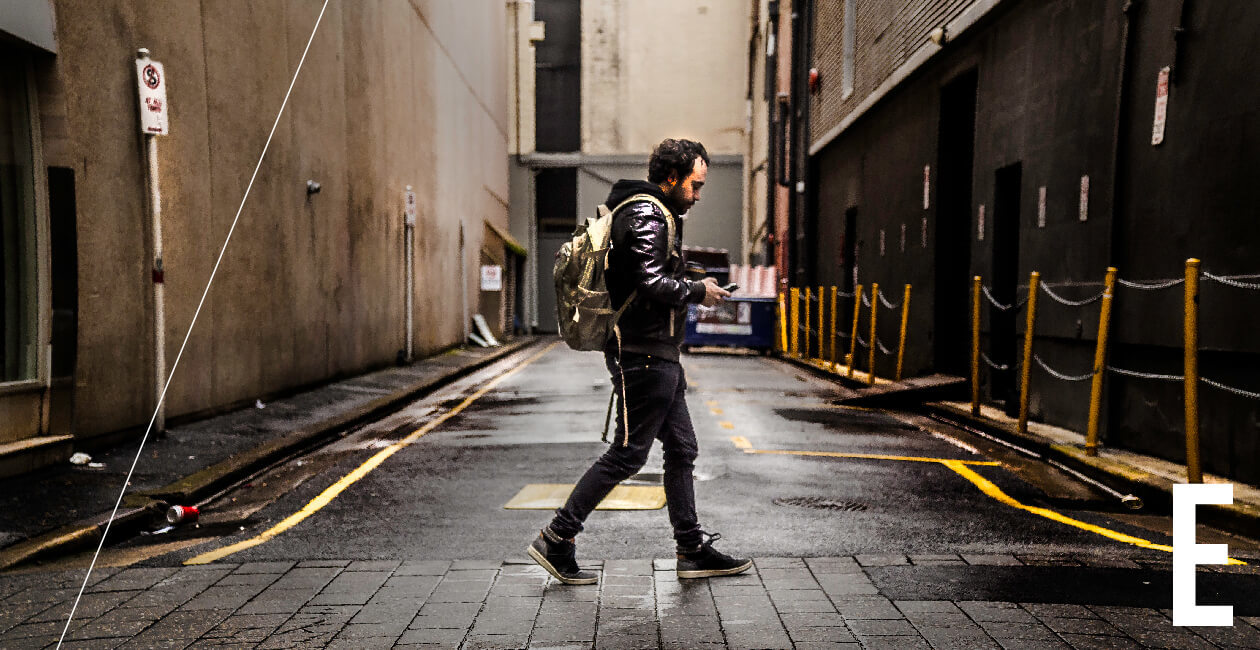Empathy is something designers are told they need to have. The art of making an empathy map is on pretty much every UX design course syllabus.
But what actually is empathy and how can it be applied in UX design? Here are five great articles that help to explain what empathy really means in a design context, and explore how you can learn empathy to become a better UX designer. (If you can really learn it at all—it’s definitely still up for discussion!)
If you’re pushed for time, I’ve summarized some of the key themes below, but I recommend having a full read if you can.

1. Is empathetic design the holy grail?
The Interaction Design Foundation
This article provides a good introduction and it includes step-by-step instructions on how the process works. They introduce the notion that empathy in the design sense it not exactly the same as the empathy we usually think of. They say that:
It’s not necessarily about how people feel or stepping into their shoes to adopt their lifestyle and everything that comes with it. Empathy in design is simply taking the time to carry out user research, absorbing it into your thinking to guide your decision-making processes.
The article claims there is often a lack of closeness between designers and users during the design process and also introduces the idea that men moreso than women can struggle to have empathy with their users – what do you think?

2. What is empathy?
If the previous article was the Empathy 101, this next one from empathy guru, Seung Chan Lim and its accompanying TED talk looks at empathy in a lot more detail and gives some actionable tips on how to become more empathetic.
He considers empathy more holistically, stating that people like to think that they possess this quality if they’re able to listen to others, but in actual fact it goes deeper than that. Empathy is about giving, receiving and feeling unity with others. In a work context, as well as the user, it should be sought for clients, coworkers, and even ourselves.
As designers we need to avoid false empathy – when we listen but don’t really understand things from the other person’s perspective. The best way to get great insight for our product is to not focus solely on getting the insights and instead to try to really understand the user. We need authentic empathy rather than talking about it as a buzzword and a marketing tool.
The article recommends that we stop thinking of users as a problem to solve and instead become aware of our prejudices and be able to be sincere. Often people seem weird. It’s because you expect them to be something else because of your own learned behavior.
Engage users in conversation, listen without judging and then wait for a sense of understanding- that lightbulb moment – like when you are watching a film and really get the protagonist – and that is insight.
If you want to learn more about the different ways to do user research, check out this helpful guide by UX Mentor, Raven Veal: How To Conduct User Experience Research Like A Professional.

3. 50 Design Problems in 50 Days Part 1: Real Empathy in Innovation
Pete Smart used his own money to travel 2517 miles attempting to solve 50 problems in 50 days via design. He then wrote a three part blog on how real empathy is needed in innovation.
Empathy starts with people. Similarly to the ideas mentioned in the previous article, Pete writes that empathy is less about the end product. As designers we can get really wrapped up in the deliverables but we aren’t going to get good deliverables if we don’t become truly empathetic to our users.
The best way to get real empathy and understand the design problem is to ‘get your hands dirty’, immersing yourself in your users lives and seeing the situation with your own eyes – Pete did this sitting with beggars in Turin and on the tube in London amongst other places.
His top tips for really understanding users include meeting people in their natural environments, seeing how they do things and remembering that everyone is designer, not just people that do it for a living. Some of the solutions that people come up with for problems is amazing.

4. How to use empathy in design without killing millions of women
An interesting look at the dark side of empathy and how it can be used as a predatory tool to sell more products to people.
The title refers to an event that happened in 1929. Cigarette companies, in a bid to reach women, capitalized on the feminist movement. Edward Bernays paid women to march in the Easter Sunday Parade while smoking cigarettes, or as he described them, Torches of Freedom.
The article recommends making research a team sport. (For more on that, check out How Do UX Designers Work Within a Team?) The goal is that the whole team, not just the designers, are able to think with the user in mind.
Not using insights gained for dark motives, and instead presenting research in psychologically realistic ways, e.g. videos, photos, audio clips so that the user really comes to life.

5. Adapting empathy maps for UX design
And finally, once able to understand how to be more empathetic, what should we do with the insights gained?
The most common empathy-related deliverable is the empathy map. In this article, famous UX-strategist Paul Boag shows how you can give a modern twist to the traditional empathy map by turning it into a poster.
He stresses the importance of adapting UX tools such as empathy maps to the circumstance, as the type of deliverables needed can vary depending on the project and the stakeholders involved.
And a bonus video….
Not strictly for designers, this well-made animation features Brené Brown talking about the differences between empathy and sympathy.
She discusses Theresa Wiseman’s four qualities of empathy: perspective taking, staying out of judgement (which she admits is really hard for most of us!), understanding another’s feelings, and then being able to communicate that you understand. I recommend it as a starting point!
Final thoughts
Remember that even if you think you’re similar to your target market, you aren’t the user. So, go out and meet people, walk in their shoes and authentically empathize. That is what gives you the best chance of solving design problems effectively.
As you can see from these articles, empathy and UX design are inextricably linked. And, if you want to learn more about the world of UX itself, check out our free short course.

